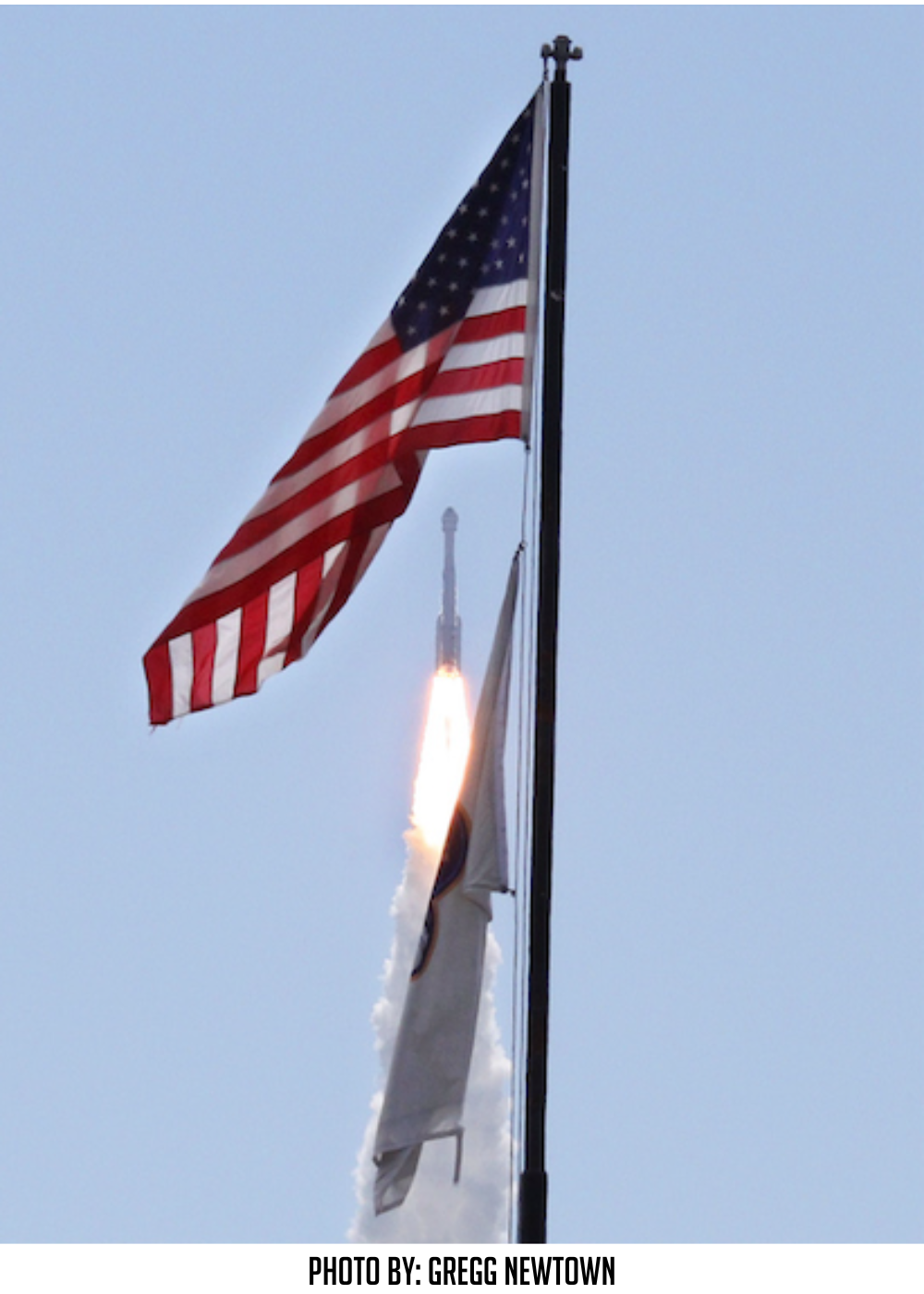Return to Launch Competition
)
Having two qualified vendors for launch services in any market segment is not enough, especially in a fast-growing arena where the Department of Defense anticipates putting up hundreds of satellites for its own use on the one hand and is preparing for a contested high-ground on the other as Russia and China plan, discuss, and test systems for offensive operations in space. Add in the many thousands of commercial LEO communications satellites on the board and hundreds of imaging satellites, plus the RF and IoT crews over the next five years for certain, there’s enough business to support more than two launch firms.
Operational resilience and economic competition continue to drive the price of payload to orbit downward for the benefit of both civilian and military goals. This will require the United States to encourage and foster a multi-vendor marketplace for multiple reusable launch systems over the next decade and diversification of its primary dependence on SpaceX.
Commercial competition is important for both economic and strategic reasons.
The economics is easy: more viable launch options mean lower costs and more options to get to orbit faster. SpaceX currently has no real incentives to cut pricing on the flight-proven Falcon 9 since they are the lowest-cost provider available. Unfortunately, that costing model is inhibiting other competitors from innovating and developing.
The long-term strategic reasons for having multiple launch options date back to the days of the Shuttle, where having a single launch system run by a single launch provider resulted in an inevitable single point of failure. Having medium-launch options out of MARS and multiple heavy launch options out of Florida would add welcome diversity to the country’s options.
United Launch Alliance's (ULA) first successful Vulcan flight in February was a promising start to increased competition. The booked manifest for Vulcan between government customers demanding high-energy orbit delivery and Amazon’s Project Kuiper booking over 100 launches with a $14 billion value ensures that ULA will be a factor in government and commercial launch decisions for years to come. 
In the heavy lift world, Blue Origin’s New Glenn is currently mapped to the end of September 2024 for its first production launch. Outside of the U.S., ESA’s Ariane 6 flying this year could provide additional commercial capacity and bring back Europe to a level of independence. Looming over both New Glenn and ULA is SpaceX’s Starship, which is expected to have another R&D launch in May and several more through the end of the year as it iterates hardware and designs towards production versions for LEO cargo delivery, LEO refueling, and a reusable Moon lander.
Aside from Falcon 9, the occasional Indian Space Research Organization (ISRO) mission, and several Chinese options, proven commercial medium and small-launch choices are scarce outside of Electron. A fixed ESA Vega-C is slated to fly later in the year, while Virginia’s Mid-Atlantic Regional Spaceport (MARS) is looking to be the hot ticket in 2025, between Rocket Lab’s first Neutron flight and the revamped Northop Grumman’s Antares 330 anticipated to fly sometime in the second half of 2025. Both Rocket Lab and Northop Grumman would welcome the opportunity to fly commercial customers with their medium offerings, but Northrop Grumman needs to demonstrate its ability to sell to non-government organizations.
It’s still a small world in small launch.
Firefly’s Alpha has two more opportunities this year to work out its second-stage jinx. ABL Space Systems will take a swing at its second launch this Summer, hopefully with more success than its first attempt last year. Australia’s Gilmore Space is hoping to fly Eris in 2024, but it has an uphill battle because everything they’re doing is shiny-new, including the government regulatory process flying out of Queensland. There are also several European options that may fly in 2024 to add to the mix.
With China continuing to iterate new launch systems and trying to clone the reusable Falcon 9, the United States continues to need multiple economically viable launch providers in the decade to come. Economically viable launch providers for the medium and large sectors of the market will have to have reusable launch vehicles to compete with SpaceX pricing both now and in a Starship-based future. The small launch sector is more challenging because thinner mass margins make reusable vehicles substantially more difficult, but U.S. government need for launch-on-demand and commercial desires for bespoke orbits over rideshare missions provides a market for those brave enough to make a business in the sector.
China's approach of throwing money at all players makes it hard to keep our competitive edge. There are no easy answers at hand unless we adopt a similar approach or diversify our rideshare launch services.
How do we break the current dependence on a few key players to drive a virtuous cycle of continued innovation and competitive pricing?
# # #
Leave a Comment
|
Be the first to comment!
|

